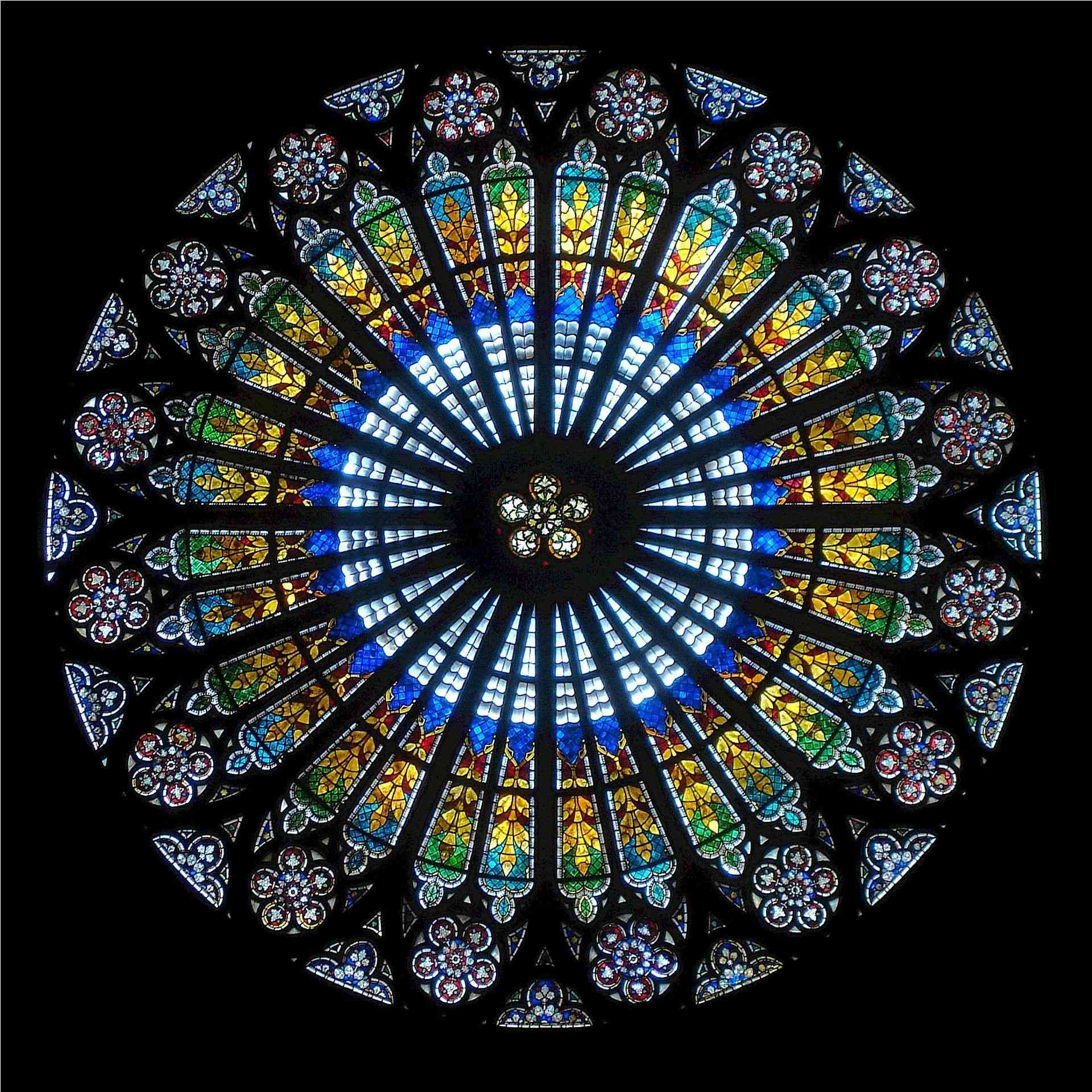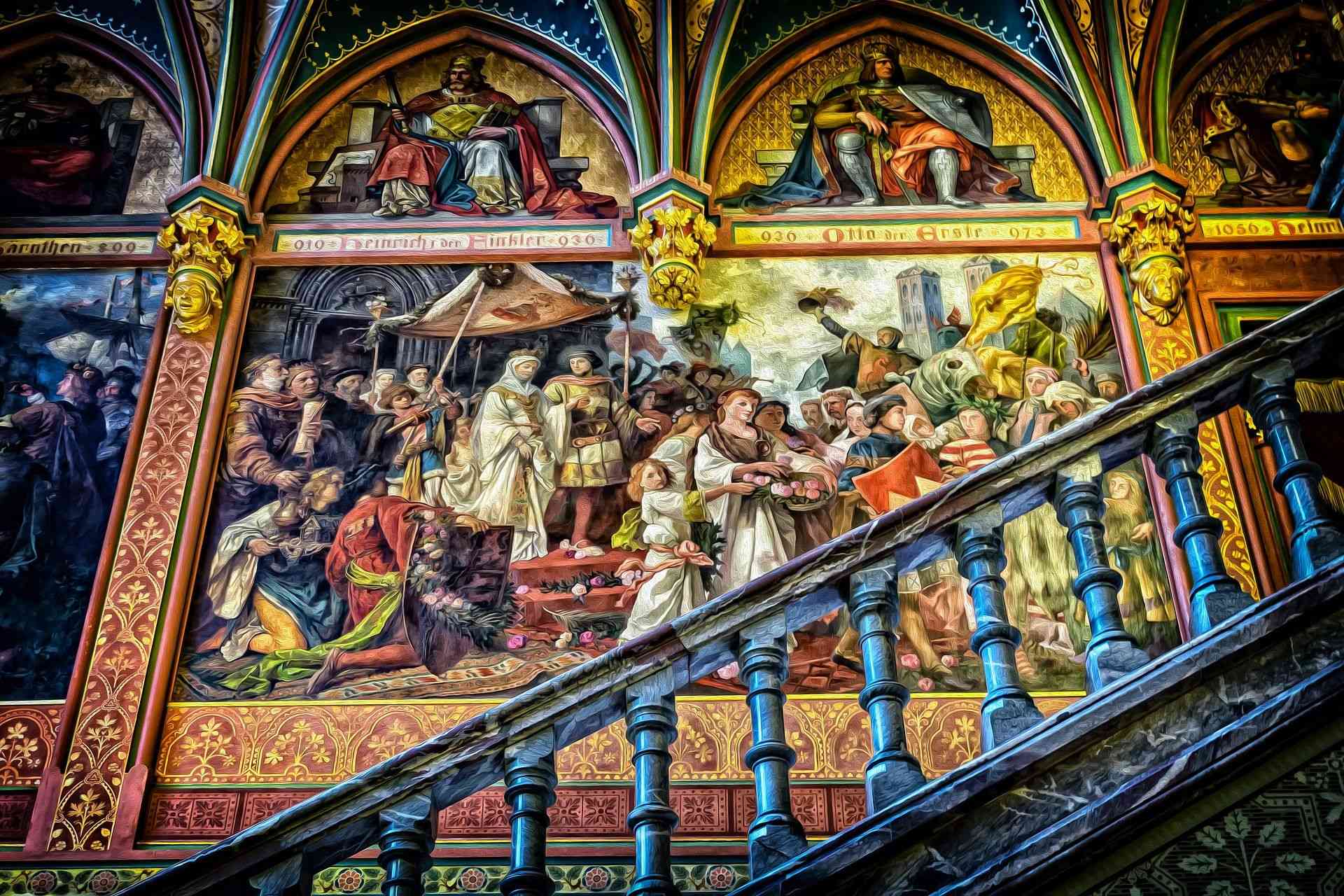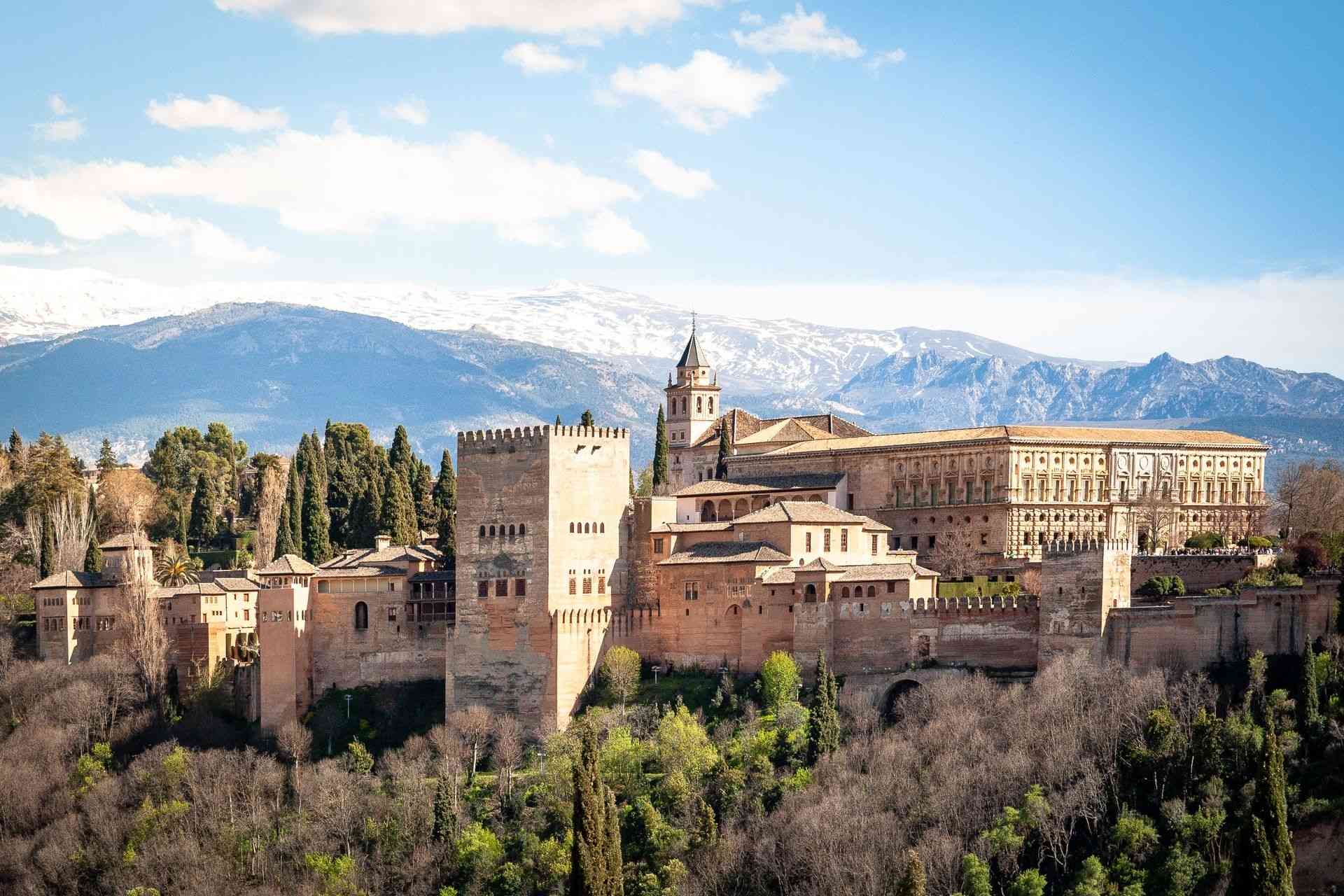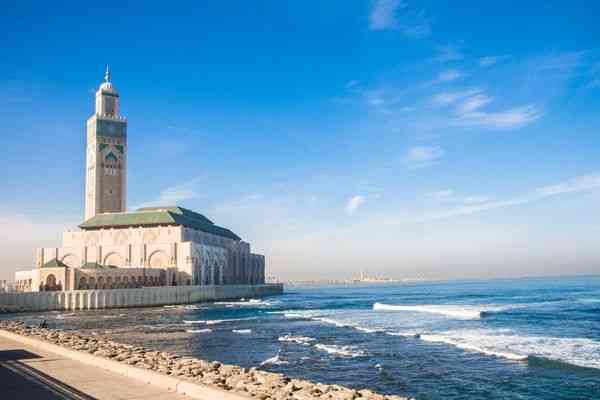Morocco has a vast architectural diversity. It has its roots in Spanish-Moorish art. An art that continues to gleam in several Moroccan and foreign monuments. It is an architectural style that was developed over a millennium ago by Muslims, which still charms the world with its delightful quality today.
Traditional Moroccan architecture is not rare. On the contrary, the majority of these architectures are quite old and can date back several centuries. Fortunately, thanks to the renovations made in recent years, some of them allow people to still contemplate all the beauty of traditional Moroccan architecture. Especially since there is even a multitude of architectures that are of unique charm and which have the distinction of being very diverse thanks in particular to the innumerable influences that Morocco has known over the centuries, it is to this extent that each Moroccan region has its own architectural signature.
The blue houses of Chefchaouen are one example among many. Kasbahs, Riad, and other forms of architecture find their fulfillment in Morocco. Also, in historic Moroccan cities, it is possible to find sublime architectures in the city of Taroudant, for example, or in Meknes, Fez and Marrakech. Thus, it is the palaces, the souks as well as the mosques which represent the traditional architecture of Morocco.

However, Moroccan architecture is not unique to Morocco, but spans the entire Arab-Muslim world, as is the case with Riads. Indeed, the structure of these forms of architecture is almost identical everywhere. There is an interior courtyard with a fountain in the center, and in most cases, it is surrounded by a large garden. The number of rooms in Riads depends on the area of the house; generally, there are multiple. Besides, these kinds of homes were built so that it could contain several rooms.

As for the decoration of these residences, it is very often done in zellige or plaster sculpture. In addition, all the windows of the Riad are supposed to have a view of the courtyard and have no contact with the exterior of the Riad. But this is not a flaw, on the contrary. Instead, it's about protecting yourself from the outside dust so that you can live in peace, harmony, and security.
Learn about different architectural styles

In addition to their incredible architectural beauty, the Riads hide their charm well, since it is almost impossible to imagine what is hidden inside unless you enter it.

In all the Moroccan regions, we can find traditional Moroccan architecture, which is so admired by foreigners. Riads are one example among many because the kasbahs also have a charm like no other monument and which, moreover, does not go unnoticed.

Moroccan architecture is characterized by a mixture of Islamic, Andalusian, Oriental, and European architecture giving birth to a unique architectural style that is astounding to visitors and tourists. The different artistic forms of Arab-Muslim art is in full swing flourishing in the traditional Moroccan architecture. These architectural masterpieces build an impression of greatness, strength, and balance.
Like the article? Buy the author a coffee. Donate here
Moroccan architecture is very refined and ornamental, which characterizes first, the art of Morocco. In the imperial cities, it is also a reflection of an eventful history.

Behind the fortifications of Taroudant, Meknes, Fez, and Marrakech, Moroccan art and architecture have built through a succession of rivalries and conflicts in medinas and souks, in the Kasbahs and the mosques.
Among the features of this architecture, we find the iron gates forged, intended to embellish houses and to preserve the privacy of the inhabitants reminiscent of moucharabiehs (carved wooden panels which allowed women to watch on the street without being seen). These grids fill windows and facilitate ventilation.

Another very famous element in Moroccan architecture is, the dome.

Employed in mosques where she marks the central part of the building, the dome often diminishes to one dome masked by a pyramid roof.
The arrangement of plaster, zelliges, and wood gives the houses a luxurious appearance. However, these houses are different from kasbahs and other rural lodgings by their gaiety, which differs with the austerity of the materials used. [1]

Moroccan architecture has a diverse set of styles and influences which contributes to its charm and uniqueness, we have, for example:
The Portuguese Influence
The Portuguese occupation in Morocco has left its traces in the cities of El Jadida, Essaouira, Asilah, Azemmour and Safi. These cities have been able to keep until today superb examples of the Portuguese architecture punctuating long light-flooded sandy beaches, including Mazagan (El Jadida) and Mogador (Essaouira).

The Arab-Andalus Tradition
The Arab-Andalusian style is present in Morocco through minarets, mosques, caravanserais, fortifications, monumental gates, and palaces covered with calligraphy and arabesques evoking wealth and refinement of this city tradition inherited from Al Andalus.
This style has seen its evolution under the Almohad dynasty through the construction of the Koutoubia (Marrakech) and the Hassan Tower (Rabat). After Almohades, the Merinides were also able to keep the style Arab-Andalusian while giving away fine art decor inspired by the Nasrids of Granada, which is illustrated in the Al Attarine madrasas (Fez), Bou Inania (Fez), and Abu Al Hassan (Sale).

Antique Architecture
Ancient architecture has left its traces in the north of Morocco and precisely in Volubilis sites (UNESCO heritage since 1997). This architecture is marked by the capitol, thermal baths, forum, arc of triumph, basilica, and mansions decorated with mosaics testifying to centuries of Roman occupation.

The Berber Style
The Berber style is present in the southern regions and is presented under the form of Ksour and Kasbah decorated by traditional geometric patterns illustrating the magnificence of this style.
Learn about perspectives and why it is important in architecture

The construction of the Berber style is made from raw earth, called adobe, and based on available materials in the environment attributing to these houses such as palaces covered with calligraphy and arabesques evoking the richness and refinement of this city tradition inherited from Al Andalus. This style has known its evolution under the Almohad dynasty through the construction of the Koutoubia (Marrakech) and the Hassan Tower (Rabat). After Almohades, the Merinides were also able to keep the Arab-Andalusian style while giving way to the finesse of the decorations inspired by the delicate art of the Nasrid of Granada which is illustrated in the madrasas Al Attarine (Fez), Bou Inania (Fez) or Abu Al Hassan (Sale).

Colonial Architecture
Existing since the 10th century, Colonial architecture in Morocco was very famous in Casablanca and Rabat in the era of the French protectorate, which gave birth to a new urban space under the leadership of Marshal Lyautey.
We find colonial houses, Art buildings new, Art Deco buildings, and invoice building neo-Moorish or Bauhaus that sweep through the new districts, located in the medinas.

Recommended reading:

Sources:
[1] https://www.babouche-maroc.com/ballade_marrakech.php/en



